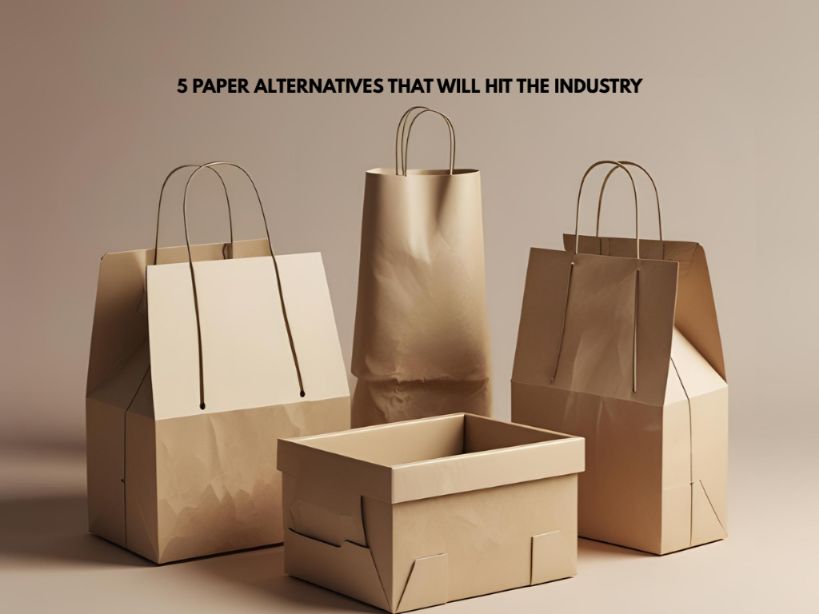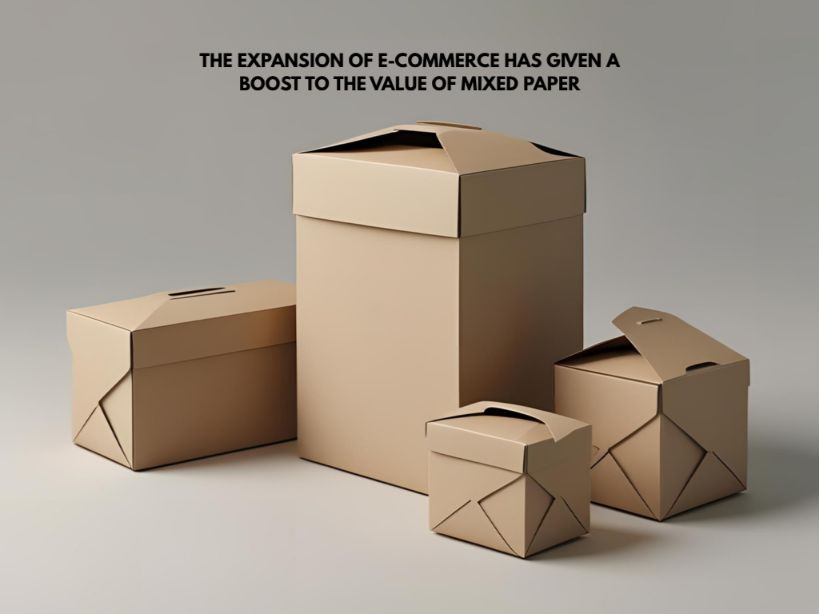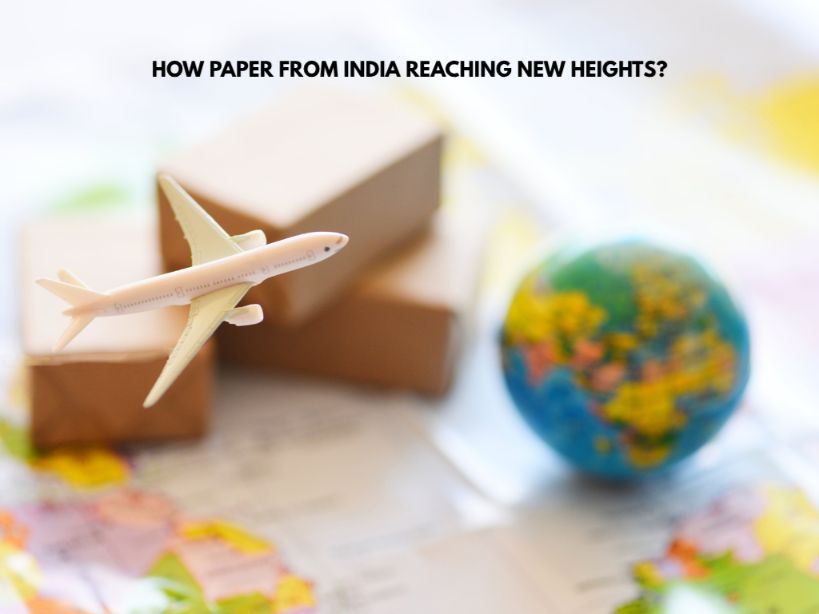5 paper alternatives that will hit the industry
While we know that paper products will not become obsolete, it is also imperative to understand how the industry is being affected by viable paper alternatives that are quickly catching up.
With the advent of digitization, consumers now have a wide array of options at their disposal. Smartphones and tablets have emerged as the biggest competitors in this day and age, where technology dominates almost every aspect of our lives.
That is not it. There are several other upcoming advancements in this space that will change the way we’ve been functioning. Haven’t we all been witnessing this gradual shift—from paper being used for taking down notes to people now scribbling on their tablets?
As technology flourishes, it will have a lasting impact on the paper industry.
It’s a given that paper won’t become a relic of the past and it’s here to stay, especially when the environmental hazards that were once looming over the industry have now been minimized by new and improved paper processing techniques—giving it a much-needed edge. However, the growing popularity of the alternatives will present several challenges that will need to be addressed by the industry to maintain its relevance.
Here, we will give you a look into some of such alternatives that have been introduced:
Top 5 Paper Alternatives
- Digital Signage
Be it billboards, posters, or some other form of signage, paper has been the go-to medium for the longest time. While this has continued into the digital age, it is slowly changing due to the development of digital displays. It’s been seen as a more sturdy, resistant, and innovative way of advertising. Reduced demand for printed material is the direct consequence of the soaring demand for digital signage by businesses.
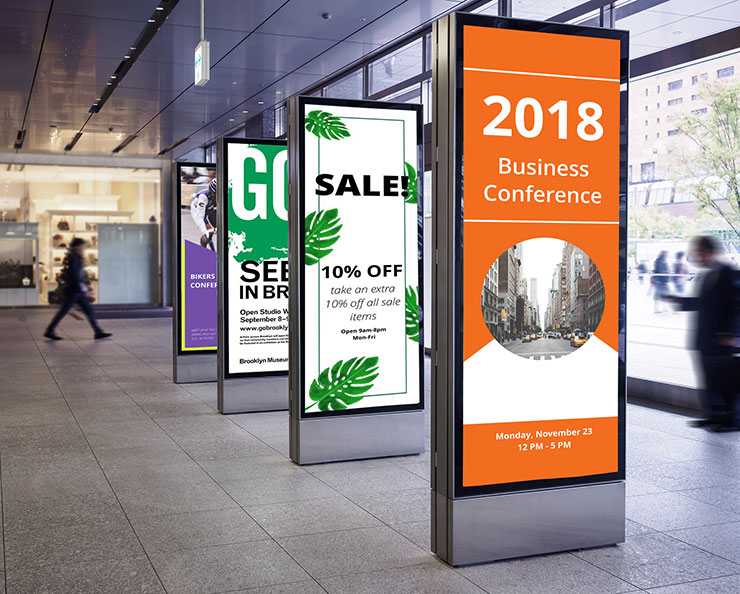
- Cloud Technology

Technology brings with it convenience and ease. Filing documents has always taken up a lot of physical space in an office, and it has forced owners to purchase a lot of paper. With cloud technology, just a few clicks on your computer can do the job, without papers piling up.
There is no need for file cabinets, which means it also cuts on the cost for companies. All the documents can be stored on a cloud—a paperless business solution that consists of digital storage spaces. Instead of ruffling through the files, you can simply search online for the documents you need.
- Electronic Paper
Electronic paper or fillable paperwork is another alternative that businesses are turning to. Instead of traditional paperwork, companies are now increasingly using digital pens or touchable screens. What’s great is that mistakes can be easily corrected without wasting paper—this means you don’t have to buy paper, and you don’t have to spend money on printing costs. Be it buying printers or bearing the cost of maintenance, companies no longer have to worry about these.
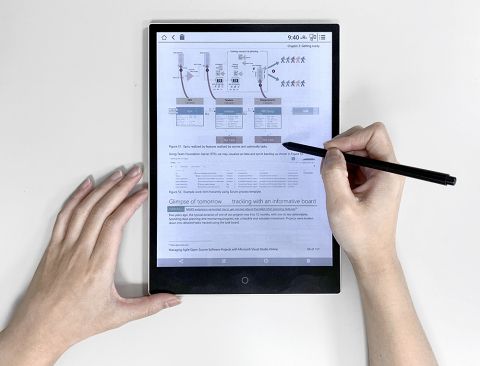
- Reusable Items
The next thing that should be pointed out is that some business owners are providing employees with reusable items. This includes things like bamboo paper plates and utensils. These items are strong and can be washed and used again, as opposed to paper plates, bowls, and whatever else employees are using in the break room. Yes, the employer is going to have to figure out a way to ensure these items are cleaned before the next day, but all they need to do is install a dishwasher, or make sure each employee is responsible for their bamboo products.

- Tree-Free Toilet Paper
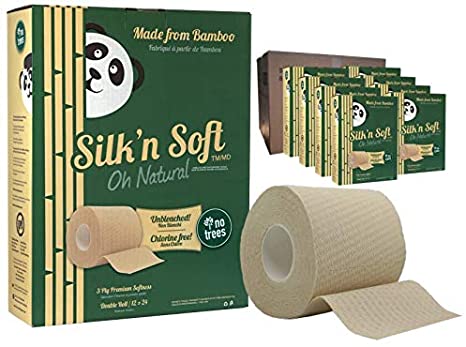
Toilet paper is something every business owner spends money on. It’s just one of those things you need to buy, but it’s made out of paper. This product is no longer in vogue among people. If a business wants to stay competitive, it needs to take a stand against paper use, which is the reason treeless toilet paper is rising in popularity. This product is threatening the paper traders and the industry who’s had a stronghold on toilet paper for years. Tree-less toilet paper is just as good and usually made out of bamboo, which is a renewable source and better for the environment.
The paper industry has to fight its way back to the position it had—and it’s against strong competitors that are gaining popularity by the day. This means the industry needs to have strategic answers in place and a solution that can give consumers a reason to go for paper, instead of paper alternatives. Learn more about the paper types here.
